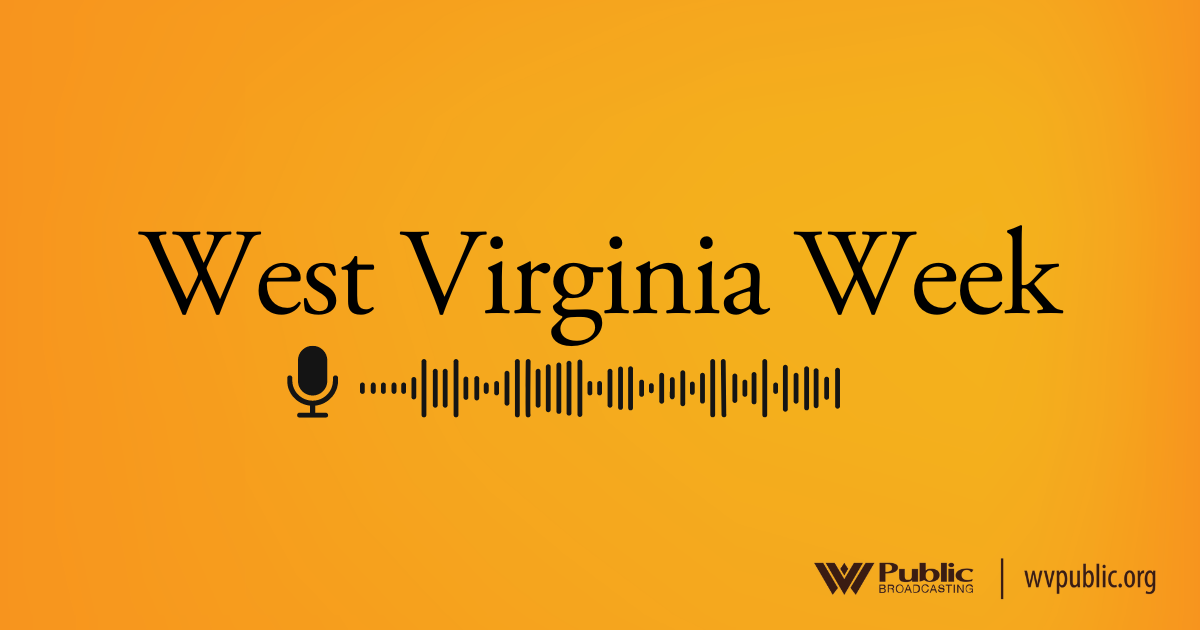On this West Virginia Week, we’ll look at fire safety in the summer months. We’ll also hear about the launch of the Mountain Valley Pipeline, and we’ll talk to the President of the National Library Association about Rural Libraries.
We’ll also discuss what it’s like for a child caught up in West Virginia’s Child Protective Services system, a governmental agency facing increasing scrutiny.
Briana Heaney is our host this week. Our theme music is by Matt Jackfert.
West Virginia Week is a web-only podcast that explores the week’s biggest news in the Mountain State. It’s produced with help from Bill Lynch, Briana Heaney, Chris Schulz, Curtis Tate, Emily Rice, Eric Douglas, Jack Walker, Liz McCormick and Maria Young.
